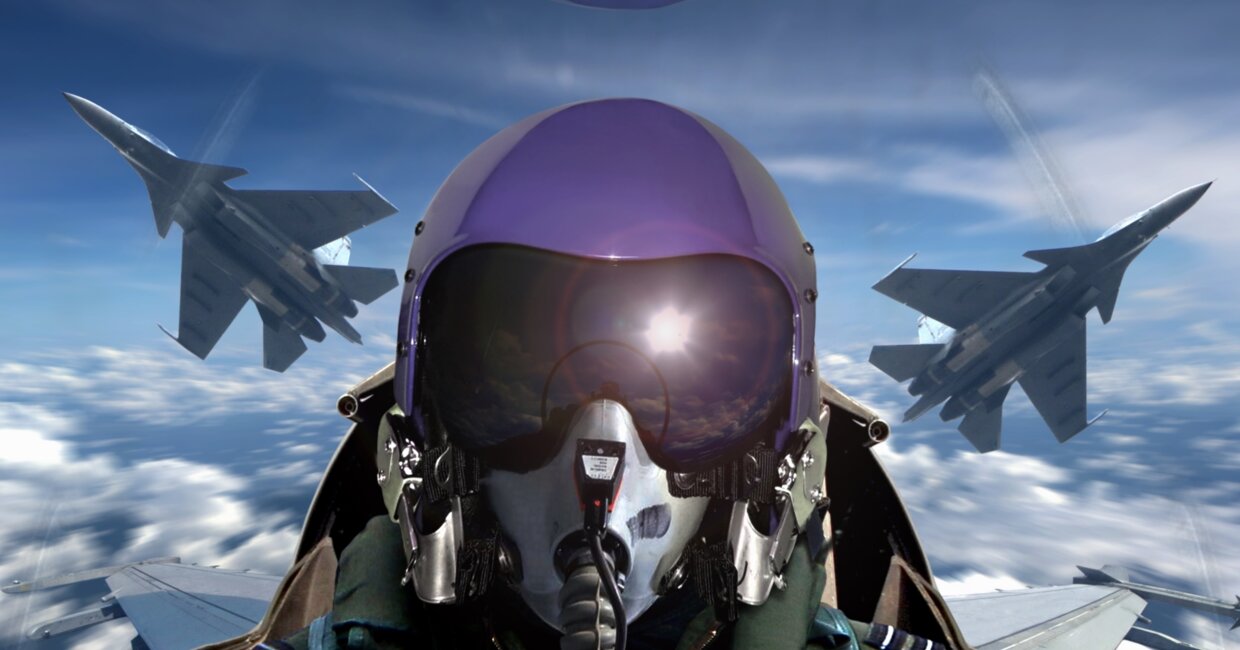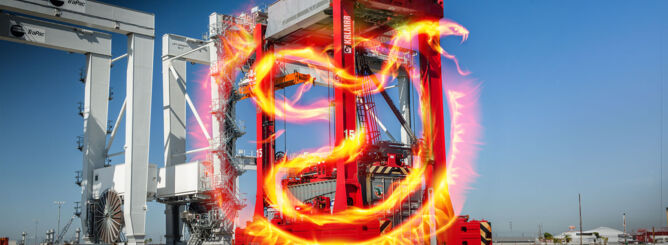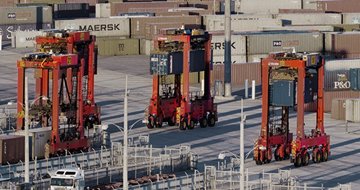Operating projects like the pilot of a jet fighter
Our basic concept of how to run projects must be taken to a new level. By utilising proven systems thinking methodologies and combining them with situational awareness from AI, we can move from a reactive mode to anticipating what will happen next.
Consider this question, honestly and critically: How much of your daily work is about solving problems and responding to issues that have already occurred?
Projects play a significant role in the logistics business. Many, if not most of us deal with projects in our everyday work; we may even pride ourselves on our skill in running them. But are we using the best, proven methodologies and state-of-the-art tools to manage our projects, or just doing things as we have always done? Are we truly looking ahead, or reacting to what we see in the rear-view mirror?
"Success depends on finding the target and maintaining an accurate real-time view in your mind of everything else that is going on around you."
Supporting situational awareness
What if we would run our projects proactively, like the pilot of a jet fighter? A modern fighter plane is packed with incredibly complex technology that not only helps manage the aircraft's flight and manoeuvring, but also supports the pilot's decision-making by processing vast amounts of multi-sensory data at speeds that would be far beyond the capability of any human. For example, in semi-automated mode, the system can detect a threat and recommend appropriate countermeasures such as releasing chaff or deploying electronic jamming. The pilot then approves the action.
Throughout the history of air combat, the vast majority of air-to-air victories have been scored by a small minority of pilots. Research has shown that the "ace factor" behind the most successful pilots is not speed of reflexes, physical stamina or superior skill in handling the airplane. Instead it is simply situational awareness, or an exceptional talent for keeping track of who is above, behind and to the side of you in a fast-moving, constantly changing, three-dimensional theatre of operations. Success – not to mention survival – is not measured by whether you can find your target or not. It depends on finding the target and maintaining an accurate real-time view in your mind of everything else that is going on around you.
It is, of course, somewhat silly to compare maritime logistics or industrial projects to the life-and-death environment of air combat, but the analogy is valid. It is noteworthy that much of the immensely advanced technology of a modern fighter aircraft is there to augment the factor that has always separated the winning pilots from the rest – situational awareness.
By supporting the pilot with automated processing of historical and real-time data, and recommending the best action, the system can significantly improve the odds of making the right decision before it's too late. Pilots report that experiencing this kind of 360° awareness in a latest-generation combat aircraft is not unlike playing a video game; aerospace manufacturer Lockheed Martin has boasted that anyone can fly their F-35 fighter plane.
"We are now moving towards being able to simulate, model and automate actual real-world projects and complex business processes."
Modelling the complex and unpredictable
There is a lesson here, and we should be quick to embrace it. In the future, we need to be able to run our projects proactively, instead of responding to what has already happened. The great news is that we already have tools and methodologies that can help us do this today.
Systems thinking and systems dynamics are proven methodologies that can help us understand complex cause-and-effect relationships, anticipate the short- and long-term effects of various actions, and simulate multi-level processes with various uncertainty factors. By combining these approaches with advanced data-driven artificial intelligence, it is possible to take project decision-making to a significantly more powerful level.
Over the last decades, we have seen a consistent evolution towards automating systems at progressively higher levels of abstraction. From automating individual machines and manufacturing steps, we are now moving towards being able to simulate, model and automate actual real-world projects and complex business processes.
In our next post, we will look in more detail at how system thinking and system dynamics can help manage risk, predict outcomes and optimise the end result in high-stakes projects.
Jari Hämäläinen, Director, Terminal Automation, Kalmar
Peter Ylén, Principal scientist, VTT
 |
Jari Hämäläinen (Dr. Tech.), Director of Terminal Automation at Kalmar, is passionate about renewal. He is eager to create value with new business models and technologies, find new models to improve ways of working. During his career, Jari has led various projects, big and small. |
 |
Peter Ylén (D.Sc) is the principal scientist in Business ecosystems, value chains and foresight research area at VTT. His research interests are management flight simulators, decision support systems, applying data and analytics in organisations, modelling, simulating and management of complex dynamic systems. |




